Doing These 13 Things Are Making You an Easy Target for Identity Theft
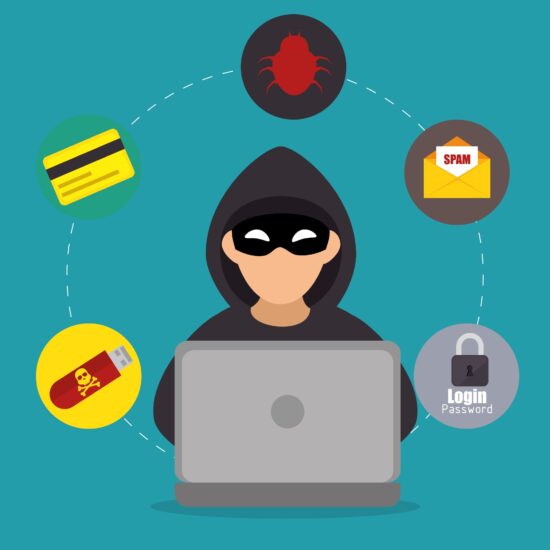
Identity theft is a prevalent issue that affects millions of people each year, leading to financial loss, credit damage, and a significant emotional toll. Many everyday behaviors can increase your risk of becoming a victim. Becoming aware of these actions and modifying your habits can significantly lower your chances of identity theft. Here are 13 common mistakes that might put you at risk and strategies to safeguard your personal information.
1. Carrying Your Social Security Card
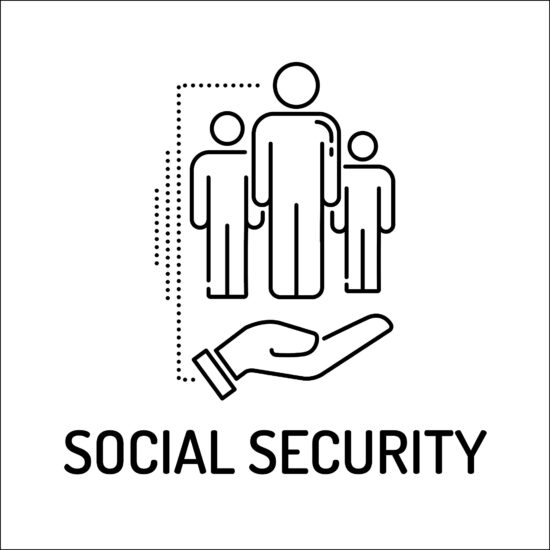
Carrying your Social Security card in your wallet or purse is a risky habit. If lost or stolen, it gives identity thieves almost everything they need to steal your identity. It’s best to leave your Social Security card at home in a safe place and only carry it when absolutely necessary.
2. Oversharing on Social Media

Social media platforms are a goldmine for identity thieves. Oversharing personal details such as your full name, address, date of birth, and even vacation plans can lead to identity theft. Thieves use this information to guess security answers or impersonate you. Be mindful of your privacy settings and carefully consider what you post online.
3. Ignoring Bank and Credit Card Statements

Failing to review your bank and credit card statements regularly can lead to unnoticed fraudulent transactions. Identity thieves often test the waters with small amounts to see if you’re paying attention. By checking your statements monthly and setting up account alerts, you can catch fraud early, potentially saving you significant trouble and money.
4. Using Weak Passwords

Using easily guessed passwords, such as “123456” or “password,” makes it easy for hackers to access your accounts. Always use strong, unique passwords for different accounts, incorporating a mix of letters, numbers, and special characters. Consider using a password manager to keep track of your passwords securely.
5. Disregarding Software Updates

Software updates often include critical security patches that protect your devices from new threats. Ignoring these updates leaves your devices vulnerable to hackers who exploit old security flaws. Regularly updating your operating systems and applications is an easy way to boost your cybersecurity.
6. Not Using Secure Wi-Fi
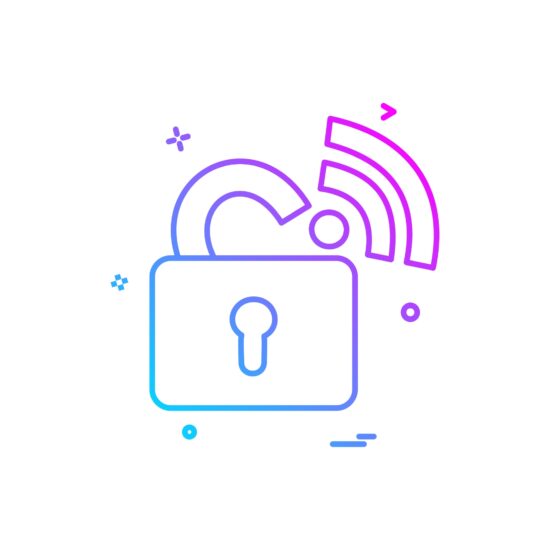
Connecting to unsecured public Wi-Fi networks can expose your personal information to thieves. If you must use public Wi-Fi, avoid accessing sensitive accounts or making transactions. For better security, use a virtual private network (VPN), which encrypts your internet connection, making it much harder for someone to intercept your data.
7. Failing to Shred Sensitive Documents

Simply throwing away bills, bank statements, or any document with personal information is a risk. Dumpster diving, where thieves search trash for personal information, is still a standard method of identity theft. Always shred documents that contain sensitive information before disposing of them.
8. Not Using Credit Freezes
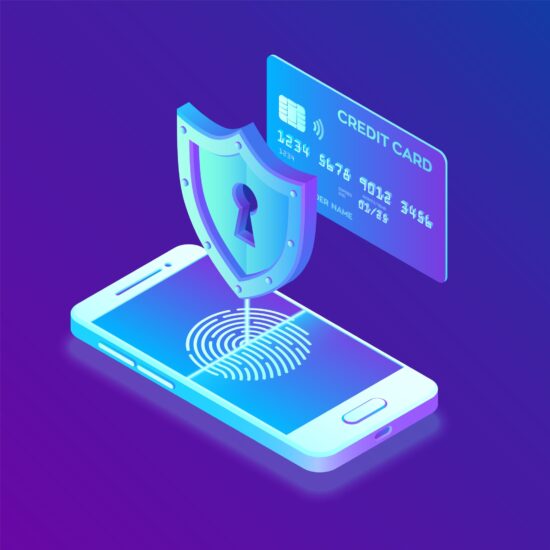
A credit freeze is a powerful tool against identity theft, preventing thieves from opening new accounts in your name. Freezing your credit with the three major credit bureaus—Equifax, Experian, and TransUnion—is free and does not affect your credit score. Consider using this service, especially if you suspect your information has been compromised.
9. Clicking on Phishing Emails
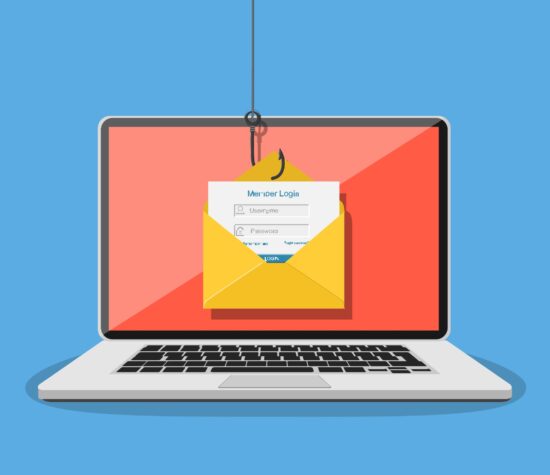
Phishing emails trick you into giving away personal information or downloading malware. These emails often mimic legitimate companies and can look very convincing. Always verify the source before clicking on any links or attachments, and never share personal information via email.
10. Not Monitoring Your Credit Report
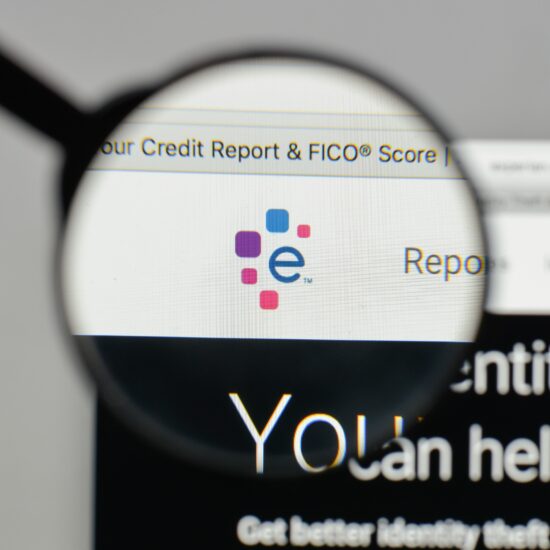
Regularly checking your credit report can help you identify signs of identity theft early. You are entitled to a free credit report from each of the three major credit bureaus once a year through AnnualCreditReport.com. Review your reports for any unauthorized accounts or discrepancies.
11. Using Debit Cards Online

Debit cards offer less protection against fraud compared to credit cards. If possible, use a credit card when shopping online because it typically offers better fraud protection. Additionally, consider using secure payment services like PayPal, which provide an extra layer of security.
12. Not Securing Your Mailbox

An unsecured mailbox is an easy target for identity thieves looking to steal your mail and gather personal information. Use a locking mailbox or a P.O. box to protect sensitive mail. Also, promptly remove mail from your mailbox and never leave outgoing bills or checks overnight.
13. Lacking Overall Vigilance
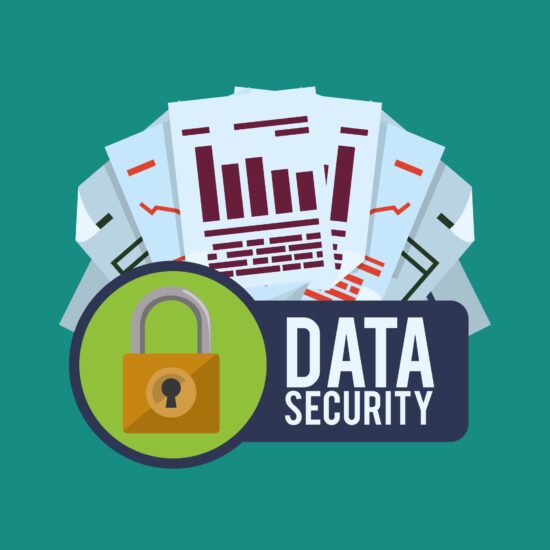
The most common thread among all these points is a lack of vigilance. Proactively protecting your personal information is the best defense against identity theft. Always stay informed about the latest security threats and take immediate action to mitigate risks.
Use These Tips to Protect Yourself Against Identity Theft

By addressing these 13 vulnerabilities, you can significantly reduce your risk of falling victim to identity theft. It’s about being cautious, proactive, and aware of the threats that exist in the digital and physical worlds. Protecting your personal information is an ongoing process that requires constant attention and adaptation to new security challenges. With the right practices in place, you can maintain your security and peace of mind.
Read More:
You Buy Counterfeit Foods All the Time: 8 Fake Foods You Love to Eat
12 Items You’re Paying for That You Can Almost Get for Free
Catherine is a tech-savvy writer who has focused on the personal finance space for more than eight years. She has a Bachelor’s in Information Technology and enjoys showcasing how tech can simplify everyday personal finance tasks like budgeting, spending tracking, and planning for the future. Additionally, she’s explored the ins and outs of the world of side hustles and loves to share what she’s learned along the way. When she’s not working, you can find her relaxing at home in the Pacific Northwest with her two cats or enjoying a cup of coffee at her neighborhood cafe.




